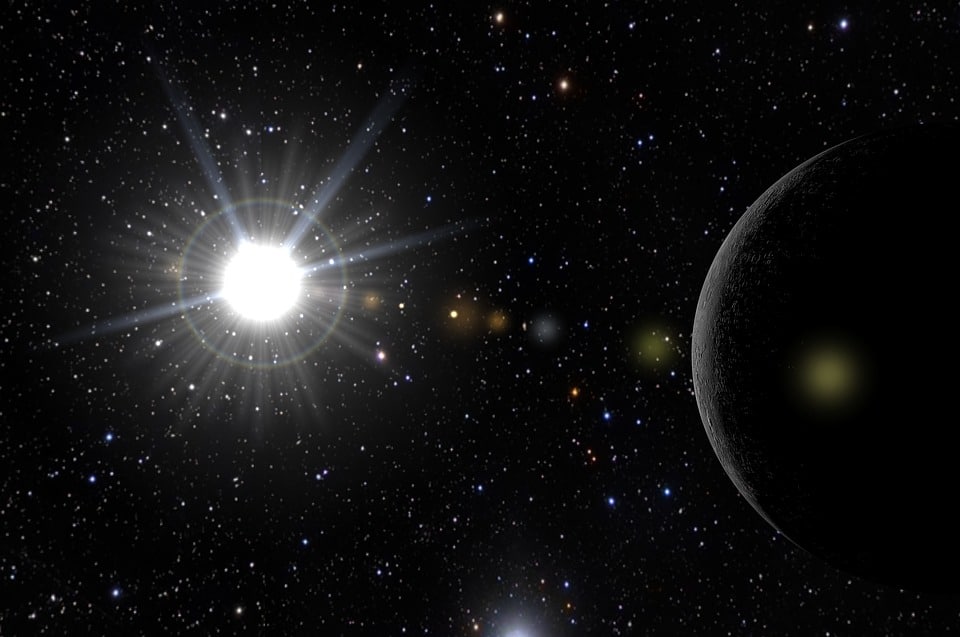
August 31, 2024 by Mark Thompson
Collected at: https://www.universetoday.com/168314/by-watching-the-sun-astronomers-are-learning-more-about-exoplanets/
Watching the Olympics recently and the amazing effort of the hammer throwers was a wonderful demonstration of the radial velocity method that astronomers use to detect exoplanets. As the hammer spins around the athlete, their body and head bobs back and forth as the weight from the hammer tugs upon them. In the same way we can detect the wobble of a star from the gravity of planets in orbit. Local variations in the stars can add noise to the data but a team of researchers have been studying the Sun to help next-generation telescopes detect more Earth-like planets.
To date 5,288 exoplanets have been discovered, that’s 5,288 planets in orbit around other star systems. Before 1992 we had no evidence of other planetary systems around other stars. Since then, and using various methods astronomers have detected more and more of the alien worlds. Techniques to detect the exoplanets range from monitoring starlight for tiny dips in brightness to studying the spectra of stars. Just over 1,000 exoplanets have been discovered using the radial technique making it one of the most successful methods.

The local variations in the properties of stars has made it difficult to find smaller planets using the radial technique but a team of astronomers led by Eric B. Ford from the Department of Astronomy and Astrophysics at the Penn State University has just published a report of their findings following observations of the Sun. Observations of the Sun between January 2021 and June 2024 using the NEID Solar spectrograph at the WIYN Observatory have informed their study.

Across the 3 years and 5 months of observations, the team identified 117,600 features which are not likely to have been caused by the weather, hardware or calibration issues so they could be used for their study. Given that the distance between the Sun and Earth is precisely known the team can use this to analyse solar observations and measure other solar variability.
Impressively the team have been able to show that the NEID instrumentation is able to measure radial velocity of the Sun accurate to 0.489 m/s-1. Using this data the team conclude that Scalpels algorithm (a technique developed for medicine that uses machine learning to analyse and extract data from images) performs particularly well. It can reduce the root mean square (used to analyse signal amplitude) of solar radial velocity from over 2 m/s-1 down to 0.277 m/s-1!
The results are significantly better than previous studies at removing solar variability from its radial velocity observations. This suggests that the next generation of exoplanet radial velocity instruments are capable, at least technically at detecting Earth-massed planets orbiting a star like the Sun. This does of course require sufficient observing time which the team estimate would be about 103 nights of observations.

Leave a Reply